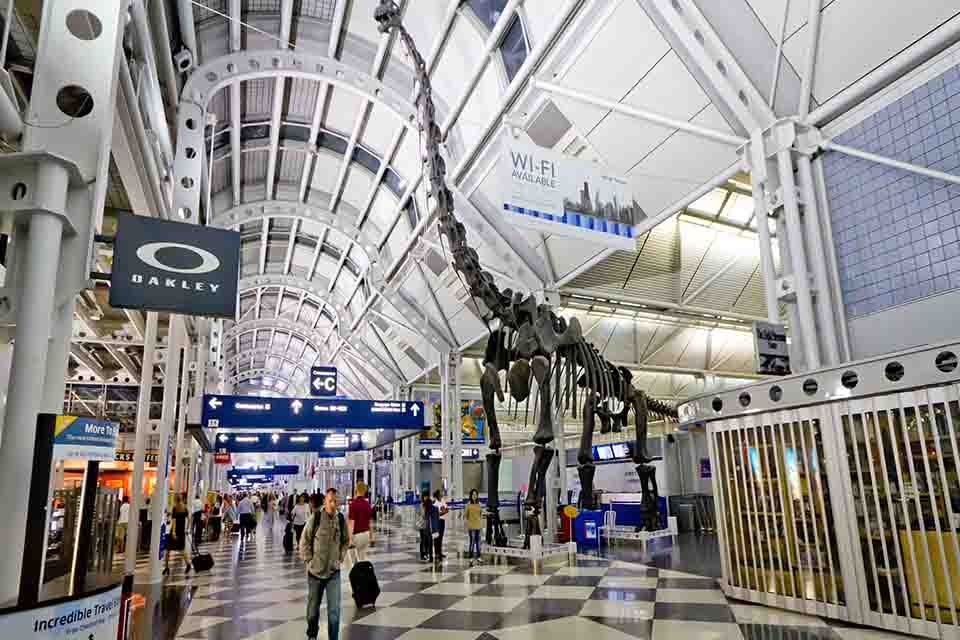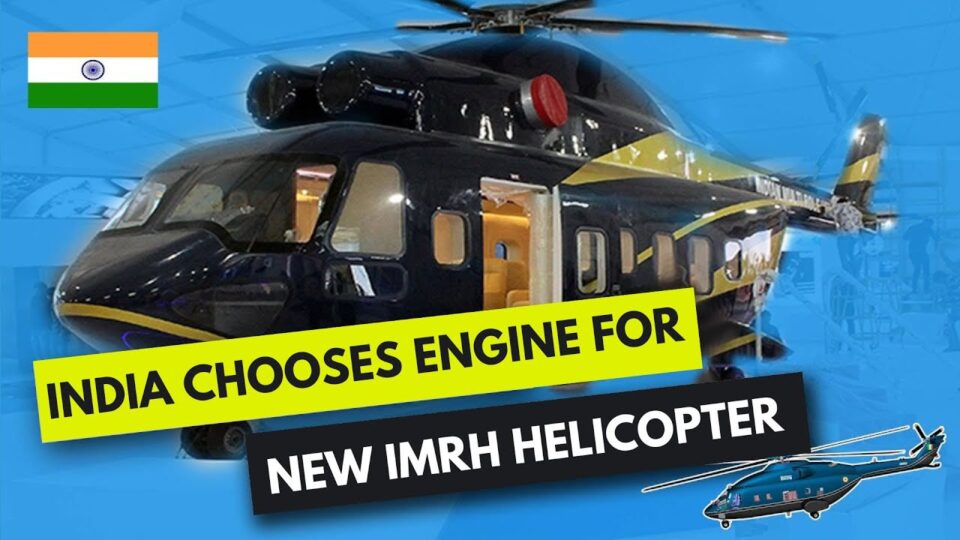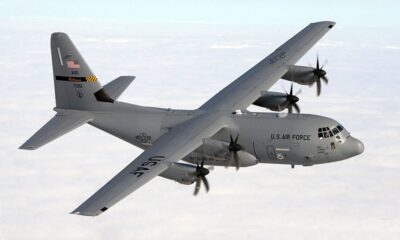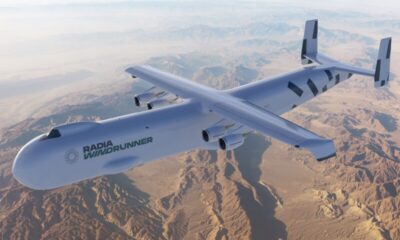Aviation
Woman Dies in Baggage Area at O’Hare International Airport

A tragic incident unfolded at Chicago’s O’Hare International Airport early Thursday morning when a woman was found dead, entangled in the machinery of a baggage-processing area.
The woman, believed to be 57 years old, was discovered by firefighters who were called to the scene at around 7:45 a.m., following reports of a person trapped in the conveyor belt system used to move luggage.
- Man Falls From Airplane Door In Indonesia After Staff Pull Back Stairs:Click here
According to Larry Langford, a spokesperson for the Chicago Fire Department, the woman had apparently entered the restricted baggage area sometime before 2:30 a.m. Wearing flip-flops, she somehow became caught in the conveyor belt system, leading to the devastating outcome.
Upon arrival, emergency responders found the woman already deceased, and she was pronounced dead at the scene.
Authorities are still working to determine why the woman was in the restricted area, which, while not highly secured, is off-limits to passengers. Her identity remains unknown, and investigators are currently trying to piece together the events leading up to her death.
The Occupational Safety and Health Administration (OSHA) has stated that it will not be conducting an investigation, as the woman was not an airport employee. Meanwhile, an autopsy is scheduled to be performed on Friday at the Cook County Medical Examiner’s office to determine the exact cause of death.
The tragic discovery has raised questions about how the woman accessed the restricted area and what might have led her to become trapped in the machinery. The investigation is ongoing, with authorities hoping to uncover more details in the coming days.

Aviation
India Launches Its Medium-Lift Class Helicopter Program, chooses New Engine

India’s longstanding need for a Medium Helicopter may soon become a reality as the country has fully ramped up its engine development efforts. This new helicopter is set to replace the Russian-built models currently in service and will play a crucial role across various scenarios for the Indian Armed Forces.
Hindustan Aeronautics Limited (HAL) and SAFHAL Helicopter Engines Pvt. Ltd. (SAFHAL) have launched a groundbreaking partnership to develop a state-of-the-art high-power engine named Aravalli.
This new engine will power the upcoming 13-ton Medium Lift Helicopter (IMRH) and the Deck-Based Multi-Role Helicopter (DBMRH), both of which are being designed and developed by HAL.
Named after the majestic Aravalli mountain range in India, the Aravalli engine symbolizes the country’s drive for self-reliance, or Aatmanirbharta, in critical engine technologies. This cutting-edge engine will be instrumental for the IMRH, a versatile 13-ton multi-role helicopter designed to meet the needs of the Indian armed forces, and the DBMRH, a 12.5-ton naval variant tailored for the Indian Navy.
The IMRH is poised to become a cornerstone of the Indian armed forces over the next decade. With its first flight expected in 3 to 4 years, the IMRH is anticipated to begin induction by 2030, with plans to integrate between 300 to 400 units, and potentially more in the future.
The IMRH is envisioned as a highly versatile multi-role helicopter that will enhance the operational capabilities of the Indian military. The DBMRH, designed for naval operations, will also face the challenges of high-altitude environments in regions such as Ladakh, Sikkim, and Arunachal Pradesh—areas of strategic importance due to their proximity to the China border.
In addition to its military applications, the Aravalli engine is projected to enter the civil market, serving roles in offshore operations, utility services, and VVIP transport. The long-term vision includes Maintenance, Repair, and Overhaul (MRO) activities to further extend the engine’s utility and support the aviation industry.
This collaboration between HAL and SAFHAL builds on their successful history of working together on the Shakti engine, which powers several HAL helicopters, including the Advanced Light Helicopter Dhruv, the Light Combat Helicopter Prachand, and the Light Utility Helicopter. The proven success of this partnership lays a strong foundation for the development of the Aravalli engine, setting the stage for a new era in India’s helicopter capabilities.

 Travel2 months ago
Travel2 months agoAir India to Expand US Operations with Three New Routes After a Decade

 Aviation3 weeks ago
Aviation3 weeks agoNew EU Carry-On Rules Begin September 2024: What to Expect

 Aviation1 week ago
Aviation1 week agoBoeing confirms 797: A New Era for Mid-Size Aircraft

 Airlines2 months ago
Airlines2 months agoAir India Rolls Out A350s for Delhi-New York JFK and Newark Routes

 Travel2 months ago
Travel2 months agoWhy We Should Avoid These Stamps in a Passport

 Aviation7 days ago
Aviation7 days agoLockheed and Tata Team Up to Build C-130J MRO Facility in India

 Aviation1 month ago
Aviation1 month agoMeet WindRunner: The World’s Heaviest and Largest Aircraft Ever Built

 Airport2 months ago
Airport2 months agoTop 10 Largest Airports in the World by Size







